Turf Toe and Sesamoiditis
Natural Treatment of Turf Toe and Sesamoiditis
I am still so excited that you did this amazing thing!

Turf Toe and Sesamoiditis
Similar Characteristics of both diagnosis
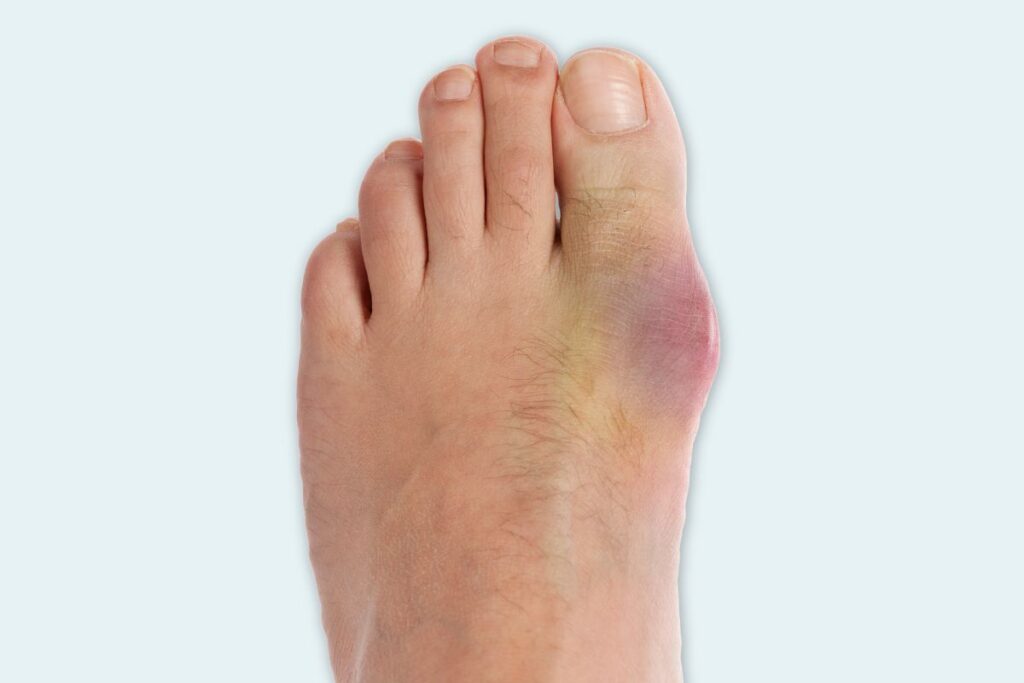
They both:
- occur at the big toe joint called the 1st metatarsophalangeal joint. (1st MTPJ)
- are caused by abnormal forces acting on the joint. They may be produced internally due to misalignment at the foot, leg, thigh, pelvis or connective tissue restrictions. Or by external forces like trauma or footwear.
- present with inflammation and pain at the ball of foot area of the big toe.
Difference between the 2 diagnosis
- Turf Toe is a sprain of the ligaments of the 1st Metatarsophalangeal joint. Turf Toe is always caused by trauma. The mechanism of this injury may also damage the plantar plate. When this occurs, surgery may be performed as in the case of Quarterback Patrick Mahomes.With any traumatic condition, there area always mitigating factors that make a joint more susceptible to injury. Only highly trained professionals will look at and address all potential influences both within and outside of the foot.
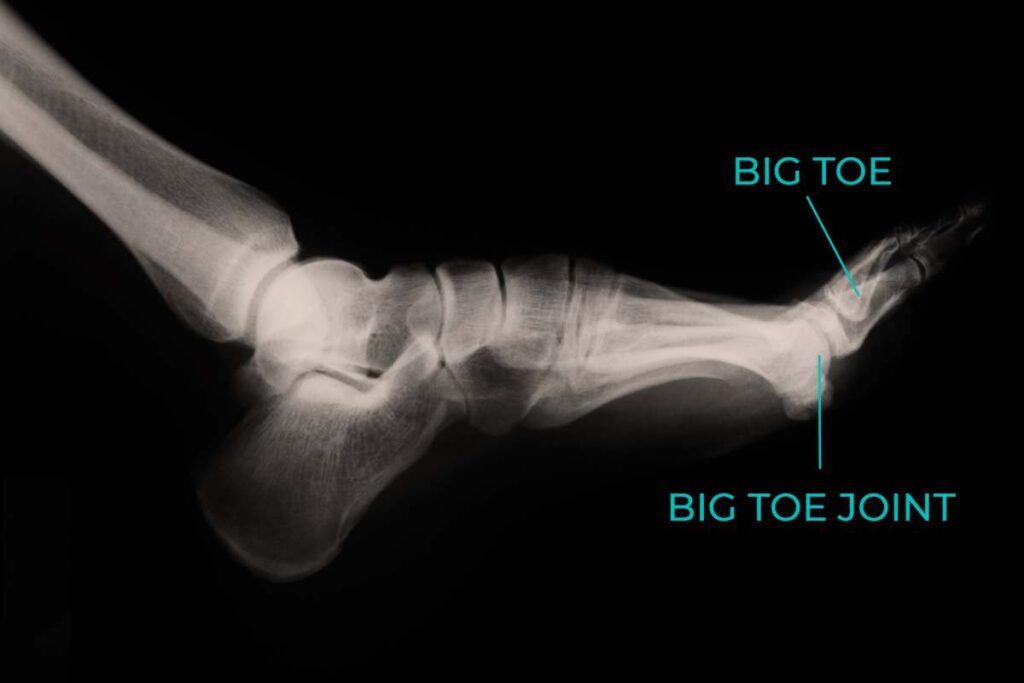
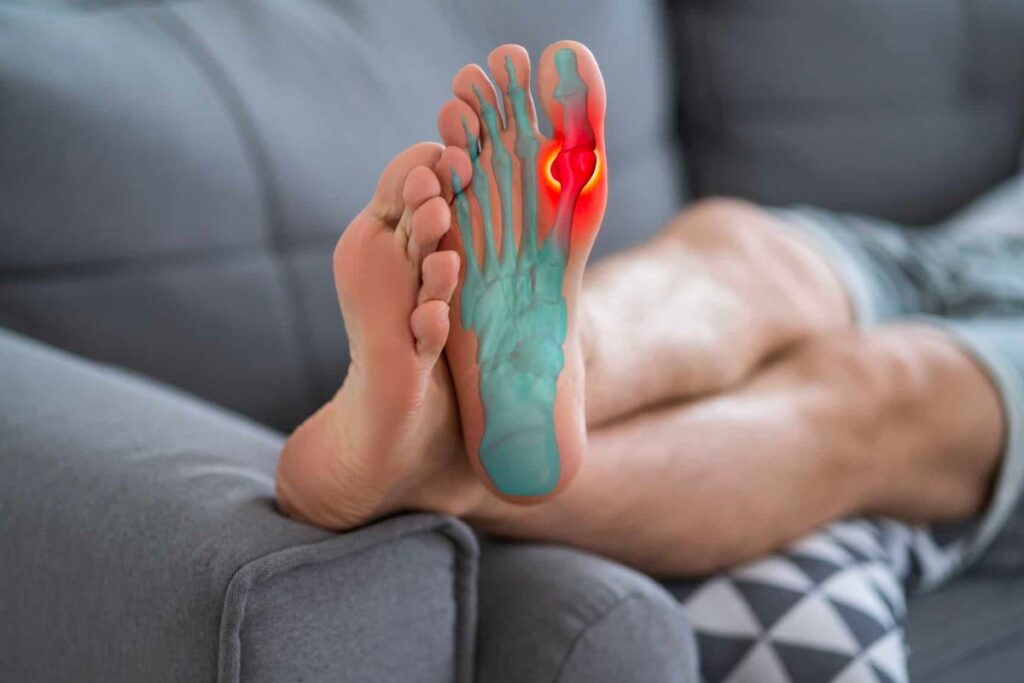
- Sesamoiditis is pain caused by an inflammation of the connective tissues around the sesamoid bones, which are 2 tiny bones at the underside of the big toe joint. This diagnosis occurs over time and is considered a chronic condition.
The natural treatment of this condition is similar to turf toe as it always involves structures outside of the foot. Treating just the big toe and foot, in many cases will result in failed rehab or surgery.
Traditional Treatment for Turf Toe & Sesamoitidis
Traditional Treatment:
- Delayed Recovery time.
- Compensations occurring in standing and walking that negatively affect the knees, hips, and lower back.
- Instability of the joint
- Arthritis over time
- Failed surgical outcomes.
Traditional Treatment for Turf Toe
Turf toe Treatment:
There are three different injury grades of turf toe.
- Grade 1: Sprain of the plantar plate. Healing time 1 week.
- Grade 2: Partial tear of the plantar plate. Healing time up to 3 months.
- Grade 3: Complete tear of the plantar plate. Healing time 2-6 months. Possible surgery.
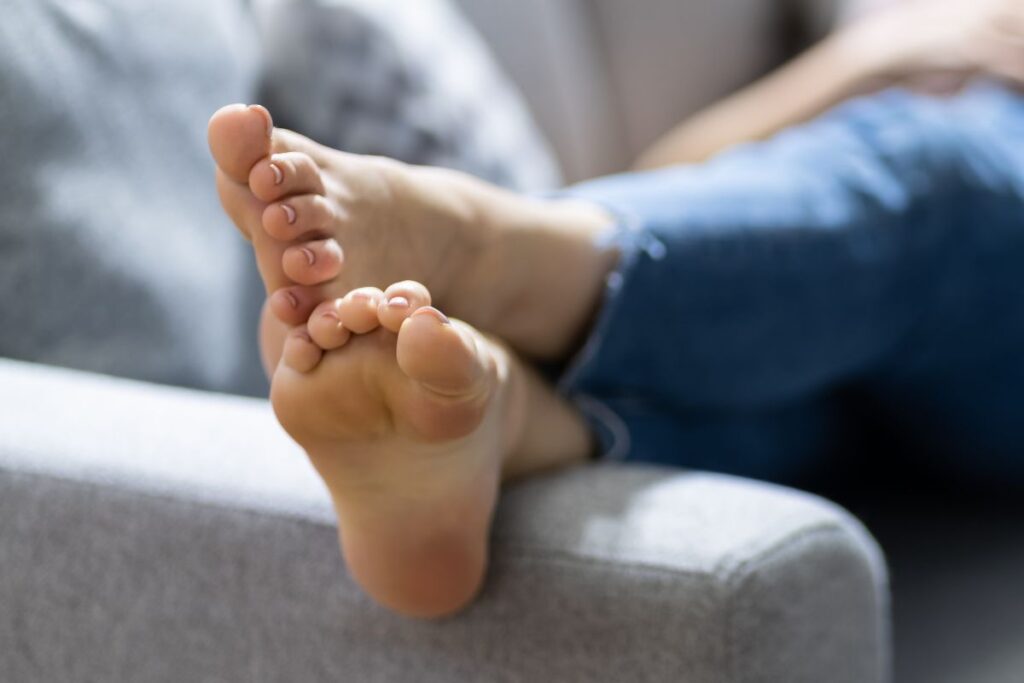
Rest

Anti-Inflammatory
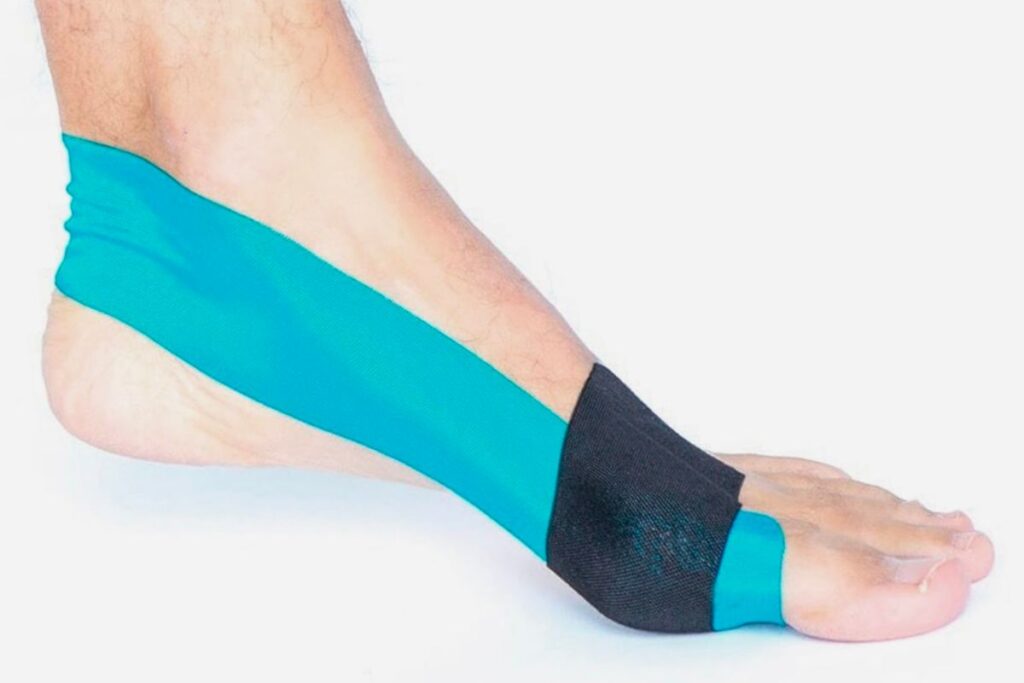
Taping

Physical Therapy

Physical Therapy
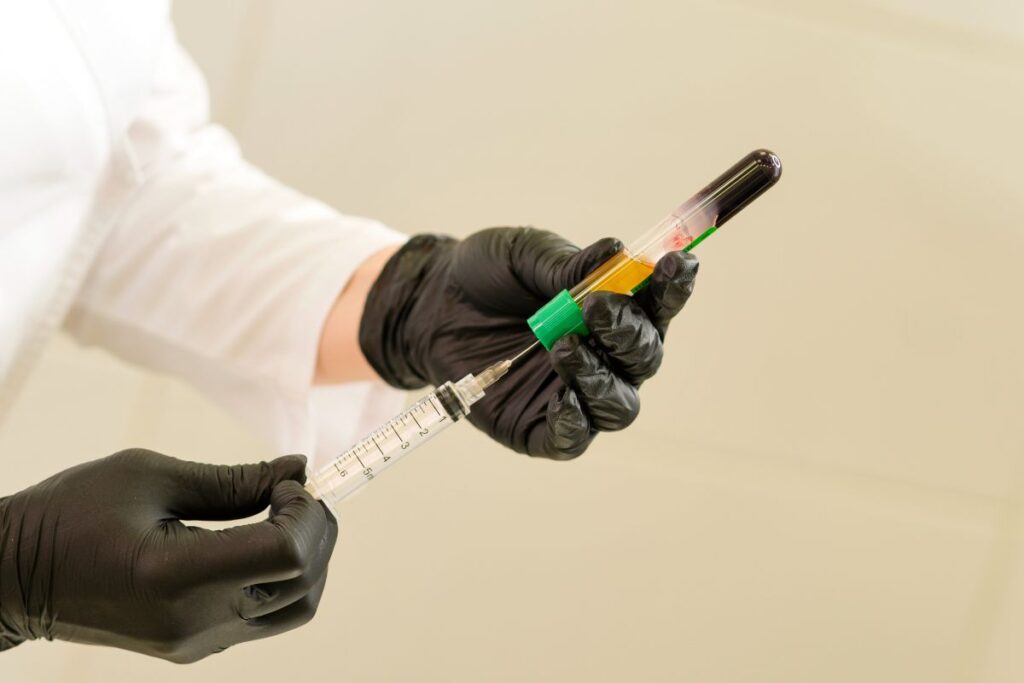
PRP Injection
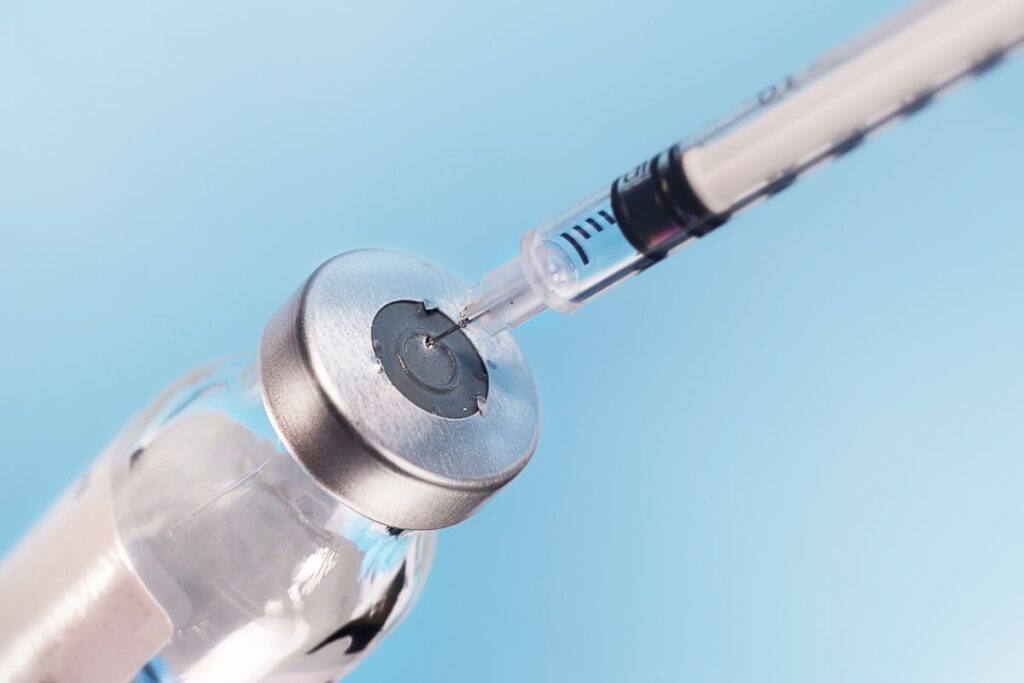
Prolotherapy
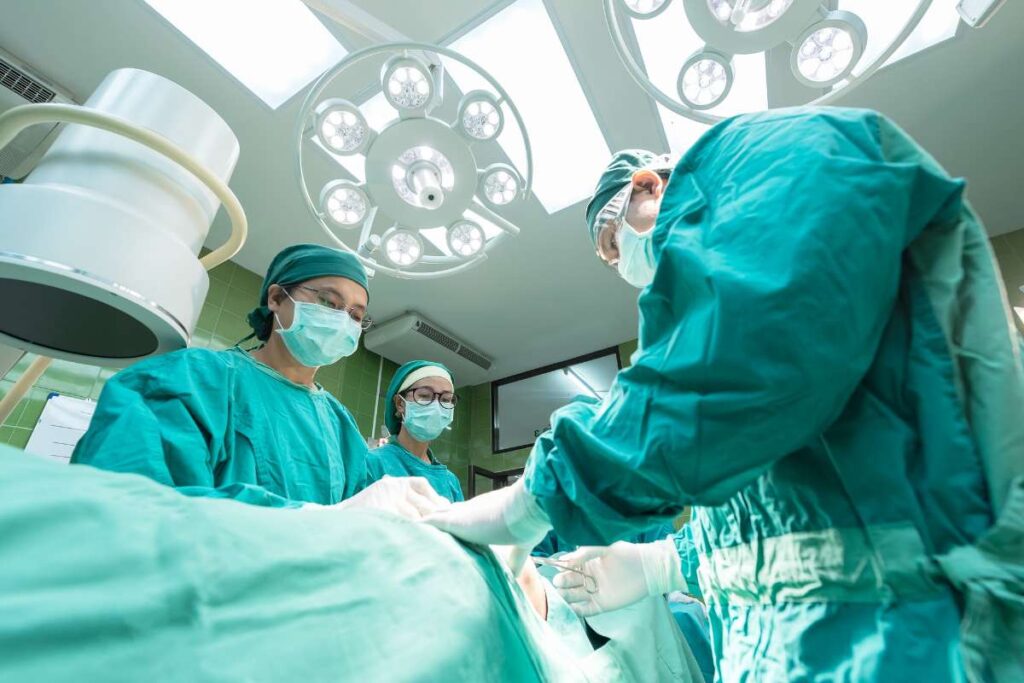
Surgery

Physical Therapy
- Rest: Allowing time to heal without stressing the toe is important. However, if you are walking with a normal gait pattern it will be impossible to completely rest the big toe.
- Anti-inflammatory (NSAID): These can help with inflammation and pain management. Your healthcare provider will help you determine if NSAIDs are right for you.
- Taping: Research has shown that neither taping or bracing completely restrict movement. They do offer proprioceptive stimulation which is protective in nature.
- Physical Therapy: Modalities, range of motion, therapeutic exercise, possibly mobilization.
- PRP injection: Platelet Rich Plasma re-introduces your own concentrated blood platelets into the toe joint area. Your blood platelets contain growth and healing factors that when concentrated through simple centrifuging, your blood plasma becomes “rich” in healing factors.
- Prolotherapy: Injection which promotes scar tissue formation to help stabilize the joint.
- Surgery: See below
Surgical success
There has not been a lot of research performed. In the short term at 4 months post op, in young athlete’s, pain relief was reported. The largest study was performed with 20 people at 5 years post operation. That study found that 50% of the cases had a return of symptoms.
Traditional Treatment for Sesamoiditis
Sesamoiditis
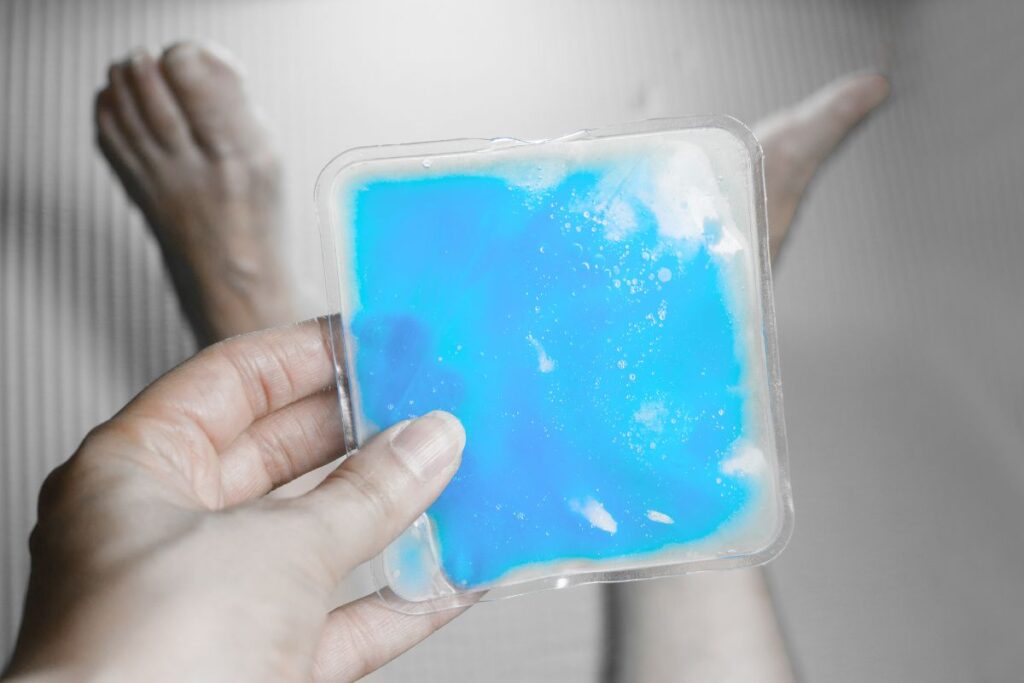
Ice and Elevation
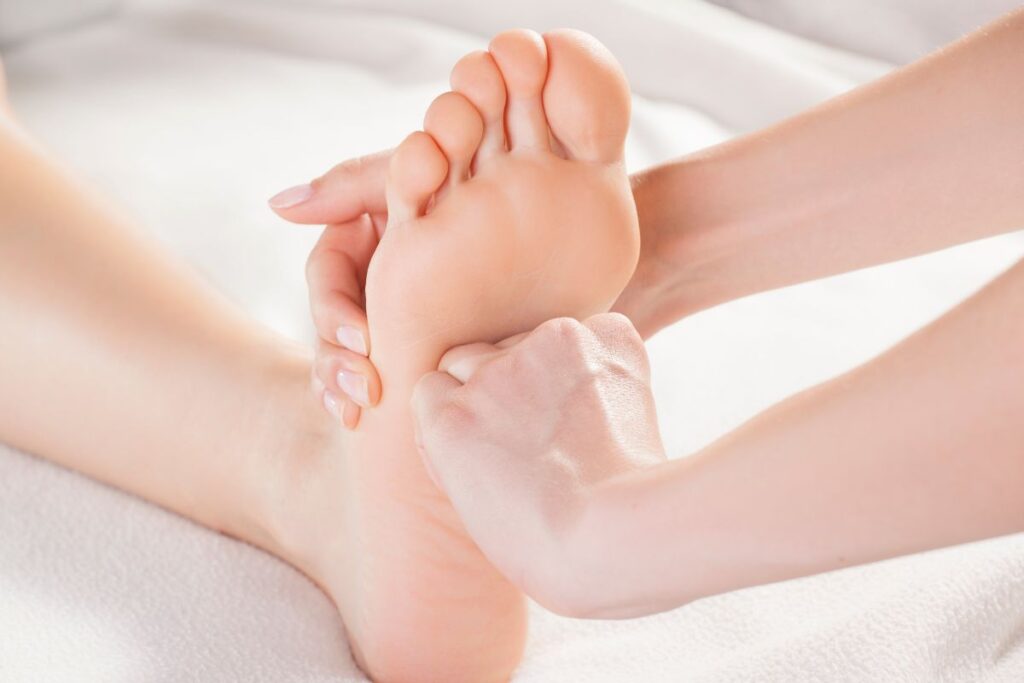
Soft Tissue Therapy

Physical Therapy

NSAIDs

Ice and Elevation

Steroid Injections

Surgery
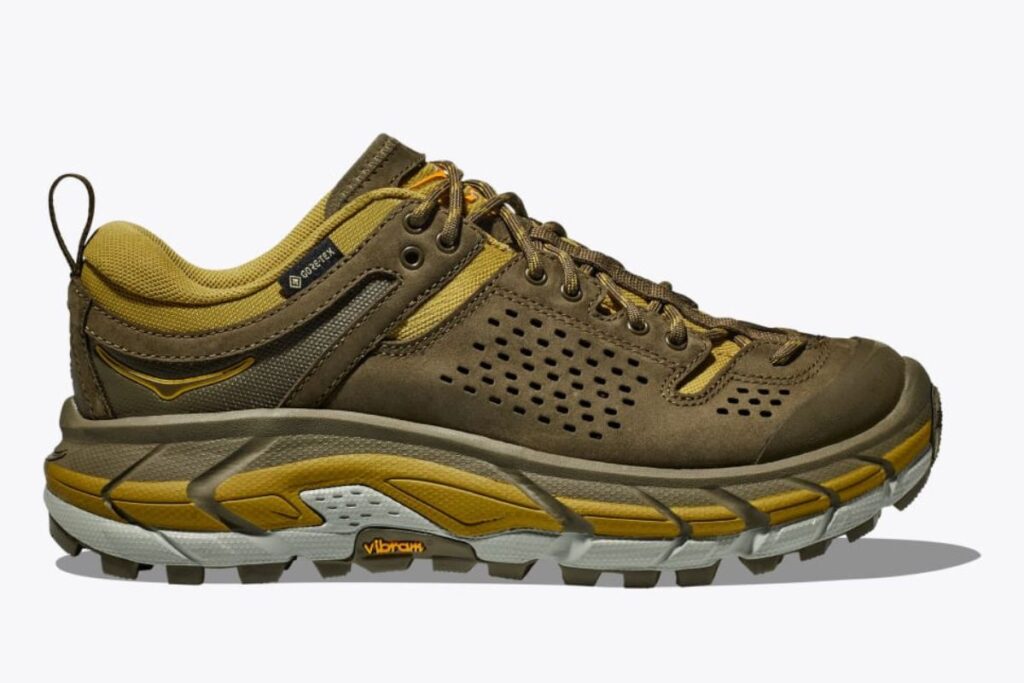
NSAIDs
- Ice and elevation: These are used to help reduce inflammation. Use ice indirectly, either in an ice pack or wrapped in a towel.
- Soft tissue therapy: Your healthcare provider may use therapeutic ultrasound, moist heat or soft tissue massage to help rehabilitate the tissues.
- Physical therapy: If your foot has been restricted by a brace or bandaging, your healthcare provider may recommend physical therapy afterward to restore range of motion.
- NSAIDs: These can help with inflammation and pain management. Your healthcare provider will help you determine if NSAIDs are right for you.
- Steroid Injection: In some cases, your healthcare provider might give you a steroid injection directly into the injured tissue to relieve pain and inflammation.
- Surgery: In rare cases of chronic sesamoiditis, when symptoms don’t resolve over time, surgery might be a last resort. Removing one (but not both) of the sesamoid bones can bring relief. However, the research shows a 25-42% failure rate.
functional corrective Treatment of Turf Toe and Sesamoiditis:
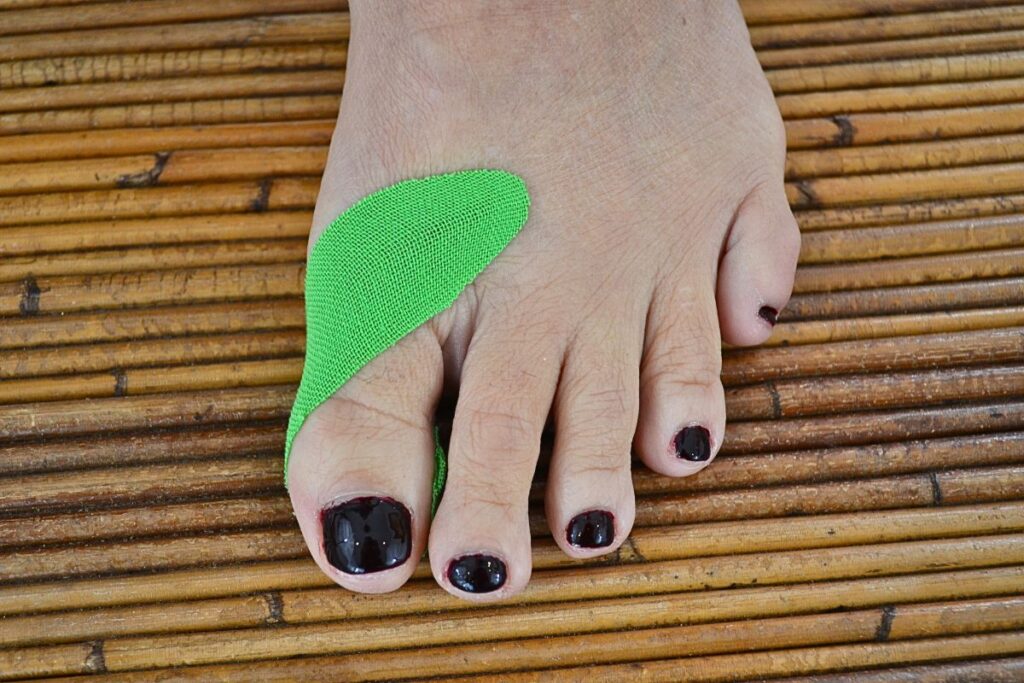
Key factors in both diagnoses that negatively affect recovery and often overlooked by Foot Professionals are:
- The relationship between Inflammation and muscle function
- Abnormal forces acting on the big toe joint. The cause of these forces always occur in other parts of the foot, lower leg, and thigh.
- The relationship between Inflammation and muscle function is as follows:
For every cubic centimeter of inflammation, a muscle will shut down by 1%.
The muscles that are most affected by the injury and inflammation of both diagnoses are closest to the 1st MTP (the big toe) joint.
Their job is to stabilize and protect the big toe joint. When weakened by injury and inflammation they need to be restored to optimal function. This is rarely done properly.
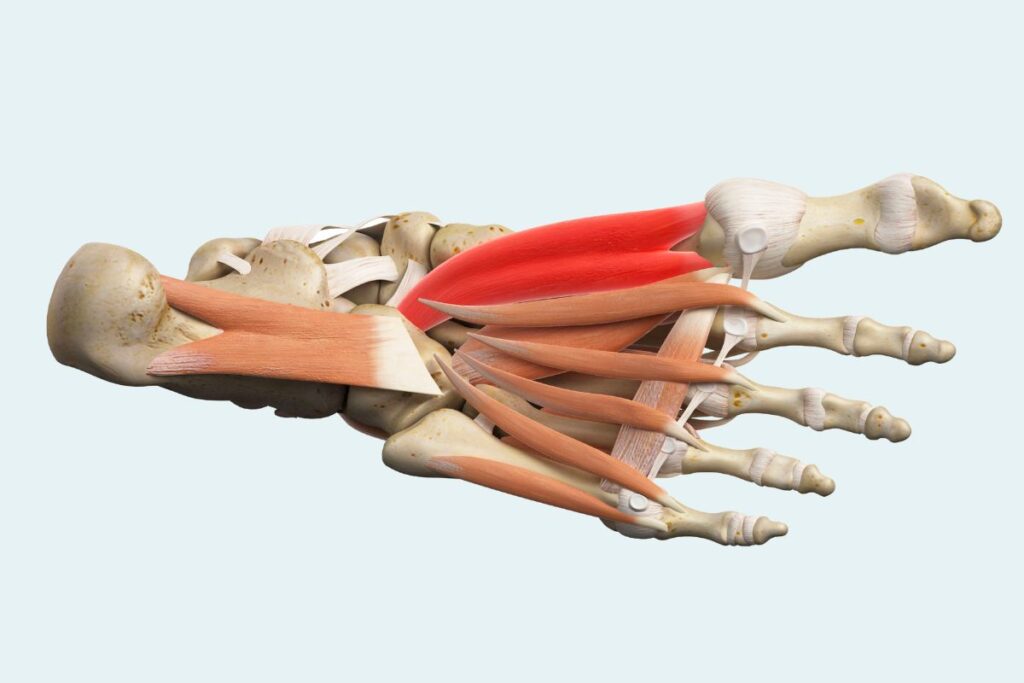
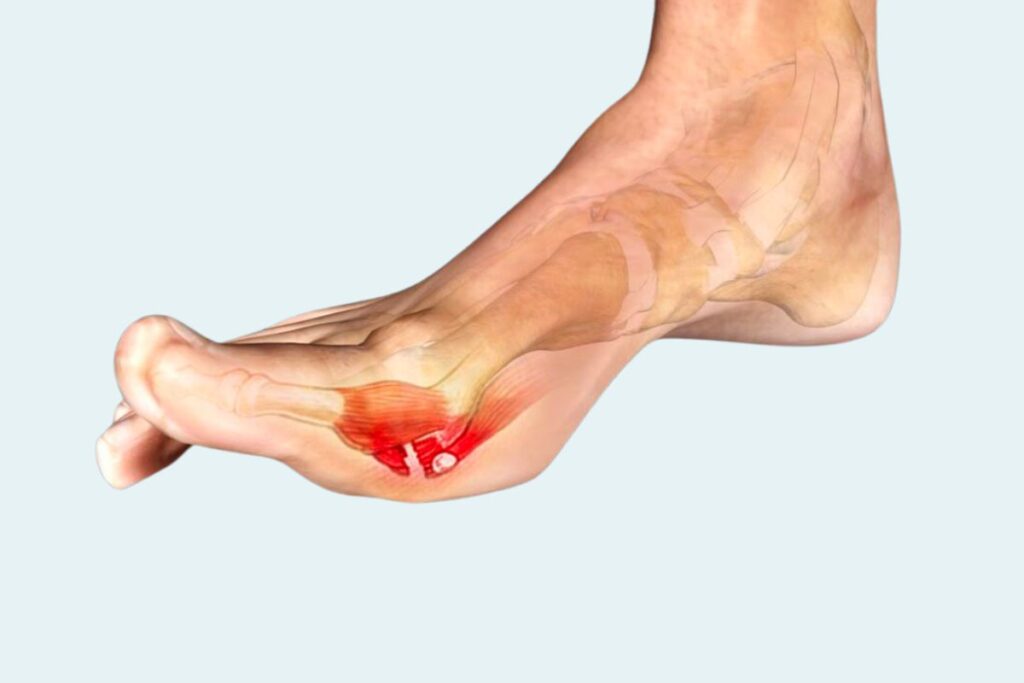
- Abnormal Forces
There are over a hundred connective tissues and 56 joints that are capable of causing abnormal forces leading to these diagnoses. These abnormal forces are caused by skeletal misalignment and connective tissue restrictions in the toes, foot, lower leg, thigh and hip regions.
Identifying the correct sources of the abnormal forces is critical to pain relief, recovery and long-term success.
- Delayed Recovery time.
- Compensations occurring that negatively affect the knees, hips, and lower back.
- Instability of the joint
- Arthritis
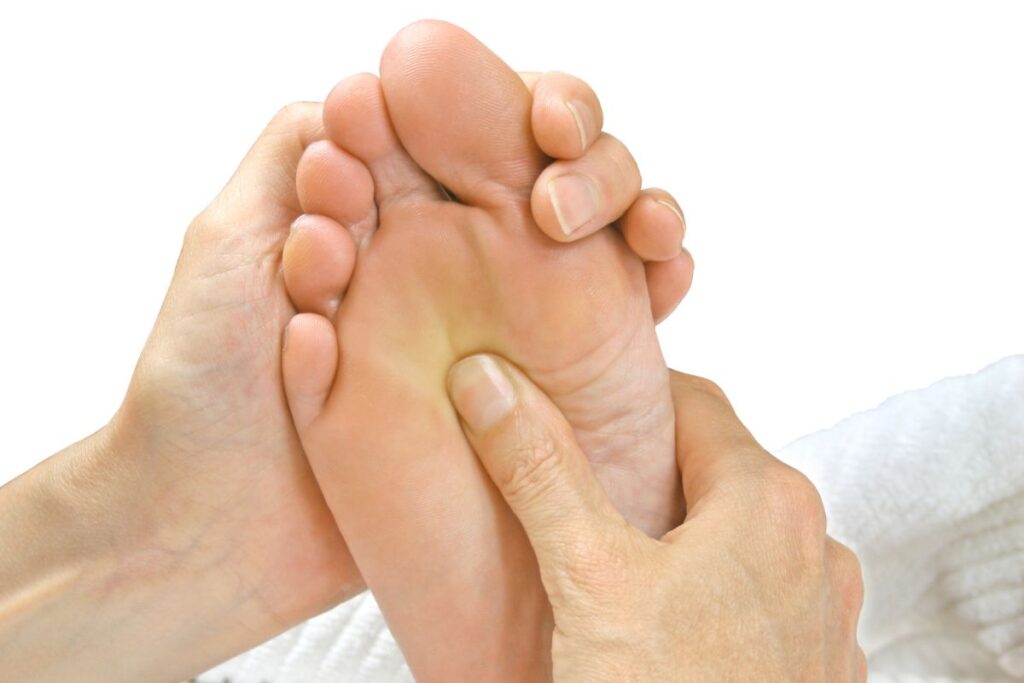
Evaluating a person’s quality of motion using a tool called Function Diagnostic Evaluation we pinpoint the misalignment and connective tissue restrictions that are causing abnormal forces to act on the joint and injure it. Then we resolve them and address all symptoms using multidimensional treatment model called The Walker Treatment Method™.
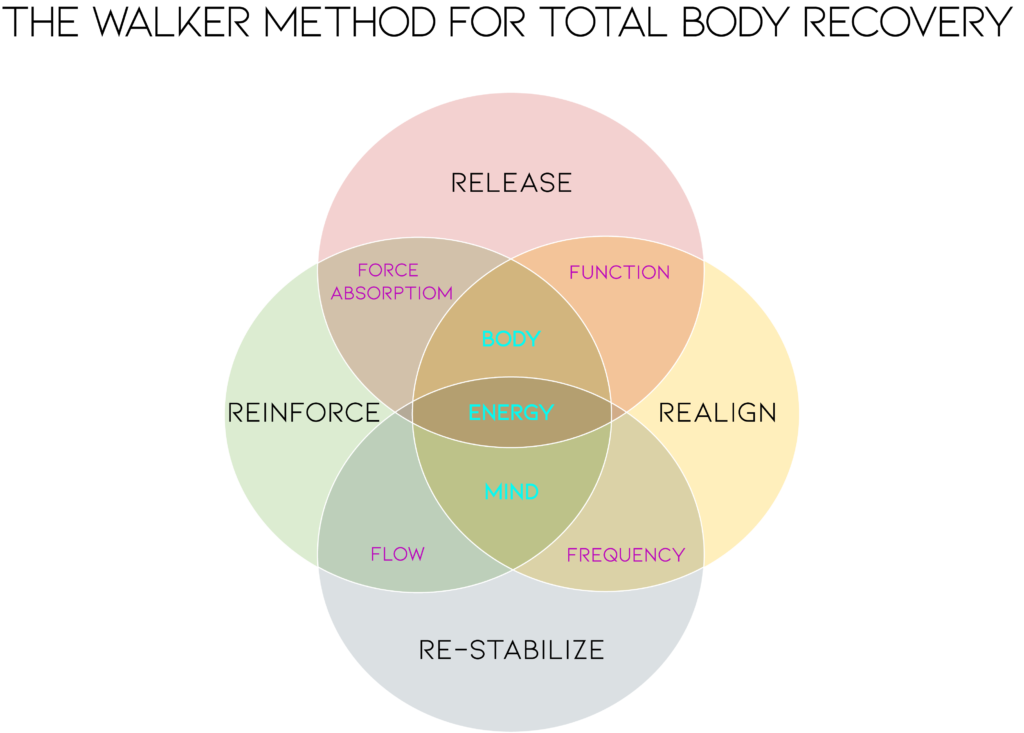
The Walker Treatment Method™
- Decreases pain by offsetting the forces on the joint and with non-prescriptive modalities.
- Redistributes abnormal forces using manual therapy, taping/bracing, specific rebalancing exercises.
- Stabilizes the painful areas by addressing inflammation, specific strengthening, & targeted taping.
- Prevents future problems by addressing release of the appropriate connective tissues, alignment of the toe, foot, lower leg, thigh, hip and pelvis, stabilization of the appropriate area, and patient education.
- Undoes the negative compensations that have occurred due to walking with pain. Same as number 4.
- Address the root causes of the problem. Same as number 4.
If you are aligned to a functional corrective treatment method to recover from Turf Toe or Sesamoiditis naturally, select a option:
Discover your best next step:
Act now to schedule your actionable, strategic evaluation at our special rate of only $79!
Spaces are limited for this special offer!
References:
Turf Toe
- Surgery https://aoj.amegroups.org/article/view/5165/html
- Big Toe: Turf Toe: Sesamoiditis: Google Scholar
- Dextrose Prolotherapy for unresolved foot and toe pain. Google Scholar
- Turf Toe Repair in Non-athlete Population Google Scholar
Sesamoiditis
- Big Toe: Turf Toe: Sesamoiditis: Google Scholar
- Prolotherapy: https://www.caringmedical.com/prolotherapy-news/sesamoiditis-treatments-prolotherapy/
- Surgery: https://www.hmpgloballearningnetwork.com/site/podiatry/why-we-should-consider-arthroscopic-treatment-chronically-diseased-sesamoid
- Orthotics https://journals.sagepub.com/doi/abs/10.1177/036354658801600419

Who is DL Walker, BS., MS., Ed, PT?
Deborah L Walker Goetz, BS., MS., Ed, PT is the creator of unique, comprehensive programs, protocols and course work for organizations, professionals and the public.
As a diagnostic detective she works to identify the root cause of dysfunction that that triggers an the experience of disease, pain, and limitation. Working with clients, she creates a strategic plan of action that aligns with their unique circumstances and empowers them to get the results that they are seeking fast.
DL works both online and in person and offers a 30-minute strategic consultation to assist clients in their best next steps.
CLICK HERE to learn more.